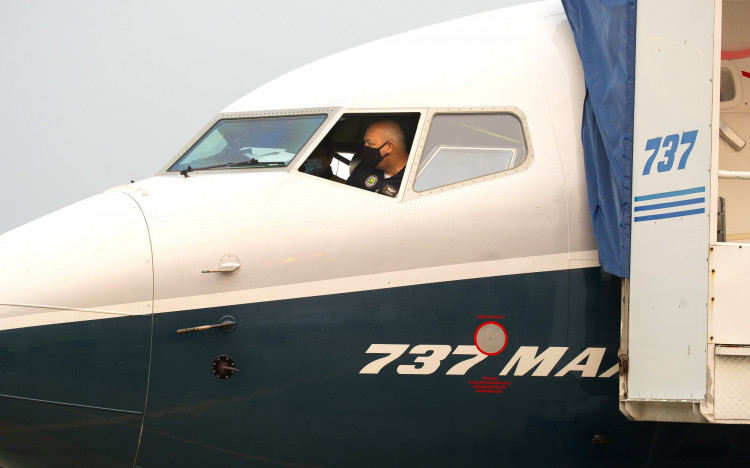The Federal Aviation Administration (FAA) has broadened its investigation into Boeing following a midair emergency on an Alaska Airlines 737 Max 9 flight. This expansion includes an examination of Boeing's subcontractor, Spirit AeroSystems, amid heightened scrutiny of the aerospace giant's manufacturing practices and quality assurance processes.
The incident, which occurred on January 5 during a flight from Portland, Oregon, to Ontario, California, involved an "explosive decompression" when a panel covering an unused emergency exit door detached midflight. This led the FAA to ground 171 Boeing 737-9 MAX airplanes and launch an investigation to ascertain if Boeing's planes meet the agency's stringent safety regulations.
FAA Administrator Mike Whitaker emphasized the need for comprehensive action, stating, "The grounding of the 737-9 and the multiple production-related issues identified in recent years require us to look at every option to reduce risk." The FAA is considering engaging an independent third party to oversee Boeing's inspections and quality system, highlighting the seriousness of the situation.
Boeing CEO Dave Calhoun expressed his commitment to full cooperation and transparency with both the FAA and the National Transportation Safety Board investigations. "We're going to approach this, No. 1, acknowledging our mistake with 100 percent and complete transparency every step of the way," Calhoun assured.
The incident's aftermath has seen Alaska Airlines and United, the most affected airlines, cancel hundreds of flights. The FAA has completed inspections on 40 of the grounded planes and is in the process of reviewing findings to establish the adequacy of maintenance and inspection conducted. This review process must be approved for each grounded plane before it is cleared for flight.
Passengers on the affected Alaska Airlines flight have filed lawsuits, citing intense fear and trauma. They allege negligence on the part of Boeing and Alaska Airlines, including claims of malfunctioning air masks during the incident.
This expanded probe into Boeing's manufacturing processes comes as the company is still recovering from the fallout of the 2018 and 2019 crashes of two 737 Max planes, which led to a global grounding and intense scrutiny over the FAA's oversight. The crashes, which tragically claimed 346 lives, were attributed in part to poor design of a flight control system and lax FAA oversight.
As Boeing works to restore its reputation, the company has faced a series of smaller manufacturing issues since resuming production. In a recent development, a Boeing plane scheduled to transport US Secretary of State Antony Blinken experienced a critical failure related to an oxygen leak, preventing take-off.
Senator Maria Cantwell of Washington, where Boeing's operations are historically based, has requested documents from the FAA, expressing concerns over the effectiveness of the agency's oversight processes in ensuring Boeing's safe airplane production.
Boeing Commercial Airplanes President and CEO Stan Deal acknowledged the challenges, stating, "We are not where we need to be." With the FAA's increased scrutiny and Boeing's commitment to assessing its production practices, the aviation industry and the public await further developments and resolutions in this ongoing safety concern.






